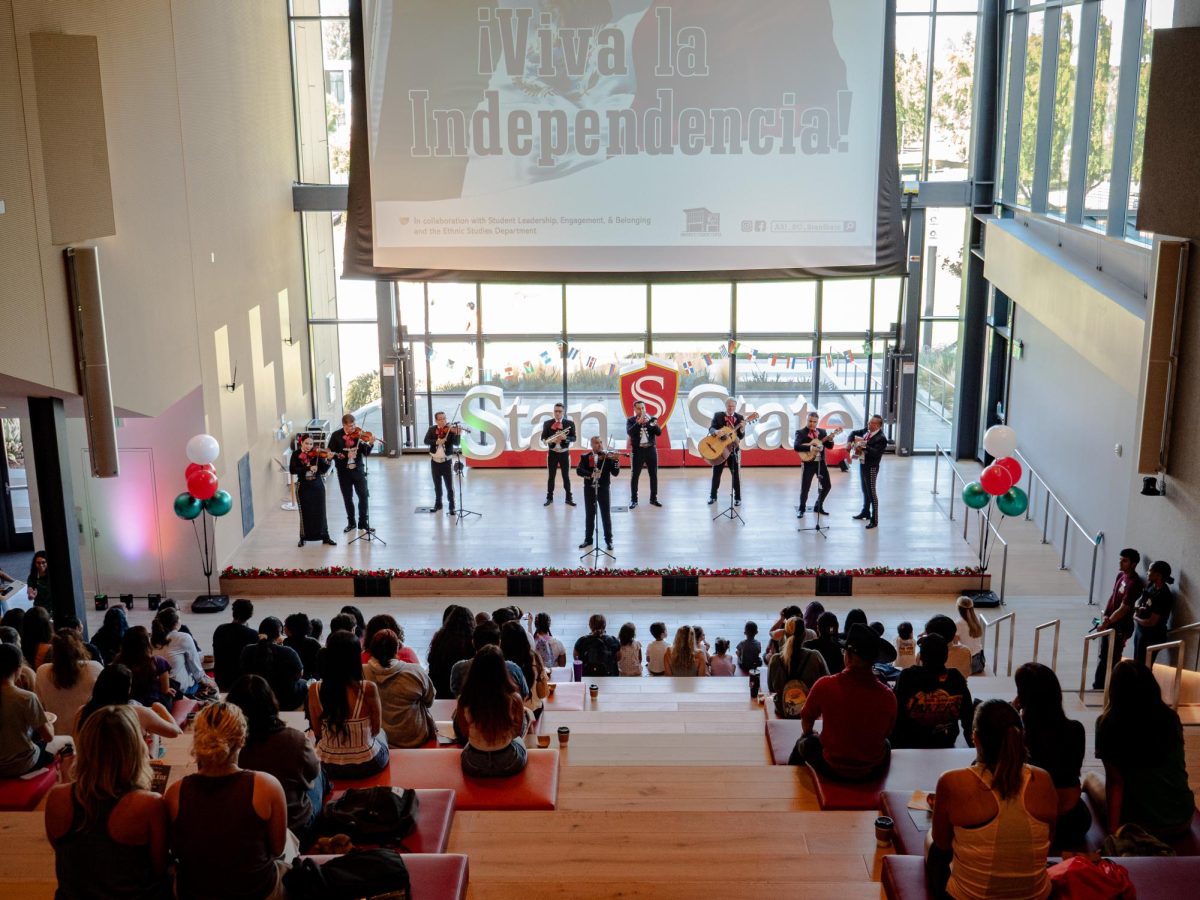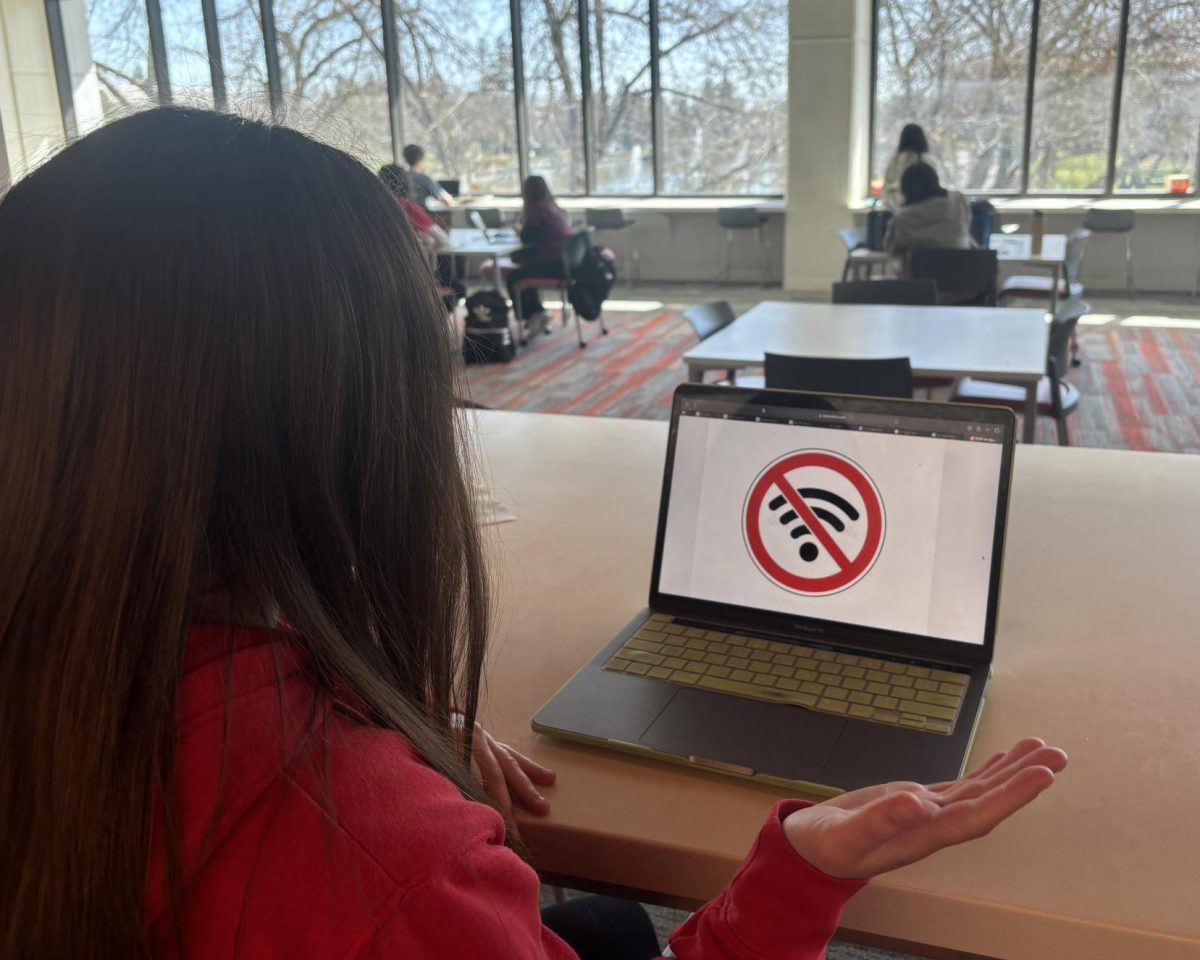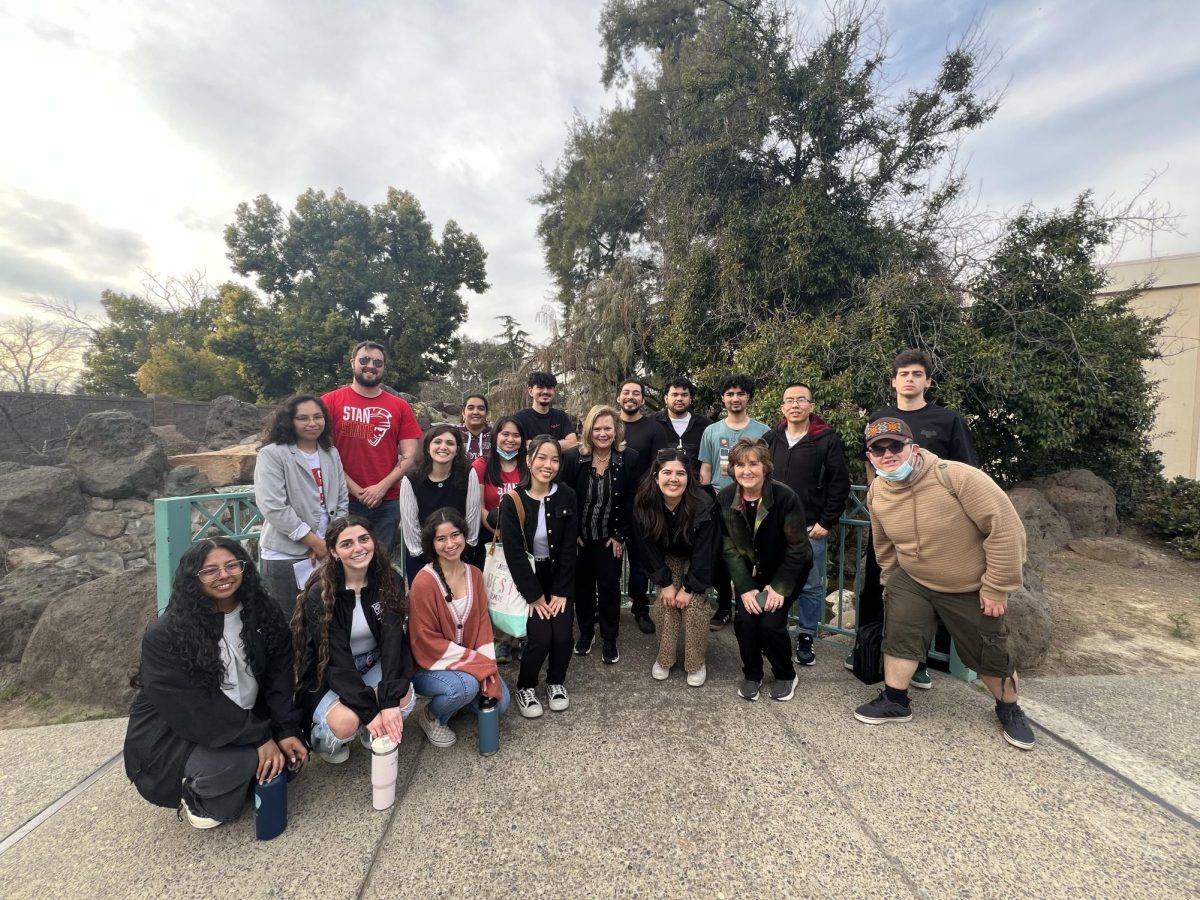The Student Leadership Program hosted The Science and Art of Happiness workshop to teach students about the different ways they can cultivate happiness in their lives.
The workshop was presented by Stephanie Hubbard, Director of Student Leadership and Development, in the Mary Stuart Rogers (MSR) building event center.
The workshop began with students taking a brief four item questionnaire, which was designed to measure happiness. The scale is also known as the “Subjective Happiness Scale,” which was developed by Sonja Lyubomirsky and Heidi Lepper in 1991.
Each of the questions was completed by choosing one of seven options that finish a given sentence fragment.
- In general, I consider myself:
- not a very happy person 1 2 3 4 5 6 7 a very happy person
- Compared to most of my peers, I consider myself:
- less happy 1 2 3 4 5 6 7 more happy
- Some people are generally very happy. They enjoy life regardless of what is going on, getting the most out of everything. To what extent does this characterization describe you?
- not at all 1 2 3 4 5 6 7 a great deal
- Some people are generally not very happy. Although they are not depressed, they never seem as happy as they might be. To what extent does this characterization describe you?
- not at all 1 2 3 4 5 6 7 a great deal
***Scoring: Sum the scores for each item together and divide by four.***
Hubbard said, “The average score of happiness runs from about 4.5 to 5.5. If you did not make that range it is alright.”
Hubbard continued to share with students the “Happiness Formula” and how one can increase happiness.
The Happiness Formula:
H=S+C+V
- H stands for enduring level of happiness
- S is your set range
- C is the circumstances in your life, and
- V represents factors under your voluntary control.
H: Enduring Level of Happiness
It is important to distinguish between momentary happiness and enduring happiness.
Momentary happiness is something that can be easily increased with little joys such as getting an A on your exam, watching a movie, a massage or food.
Although many people have bought into the fact that status, power, material goods and money will increase our feelings of happiness, it is perhaps quite surprising that these things do not really make us happier.
The goal is to increase the endurance of happiness.
S: Set Range
This is how we are all biologically programmed. 50 percent of our happiness is completely out of our control because it depends on our genes.
This means that we are all wired a certain way, which gives us a particular inclination for happiness compared to others.
“You won the lottery? You’ll be happier for a few months, but then you’ll be back to your set-point,” said Hubbard.
C: Circumstances
Our health, wealth, marital status or where we live have little to do with our happiness. Only 10 percent of our happiness is determined by our circumstances.
Regardless if you face a divorce in your lifetime or death of a loved one, we all return to our set range of happiness.
V: Voluntary Variable
This is the part where we can actively and intentionally decide to focus our thoughts, feelings and actions in ways that can increase our overall happiness. 40 percent of our happiness is determined by a voluntary variable.
Hubbard continued by sharing the twelve variables that we can control to change our happiness.
- Express gratitude
- Cultivate optimism
- Avoid over-thinking and social comparison
- Practice acts of kindness
- Nurture social relationships
- Develop strategies for coping
- Learn to forgive
- Increase flow experiences
- Savor life’s joys
- Commit to your goals
- Practice spirituality
- Take care of your body
Focusing on our Cs and Vs
So, how do you do it?
Stop chasing momentary pleasures and start experiencing more flow instead was one way, according to Hubbard, that people can live a happier life.
Chainne Jones (junior, Communication Studies) said, “The one thing that really makes me happy is taking a good ten minute walk a day. It really helps me not focus on the stress I have going on in my day-to-day life.”
Jones shared that while working at Starbucks she felt gratified to see customers create a connection with her by simply smiling at her and acknowledging her efforts to making them feel welcomed.
And there you have it. That is the “Science and Art of Happiness.” 🙂







